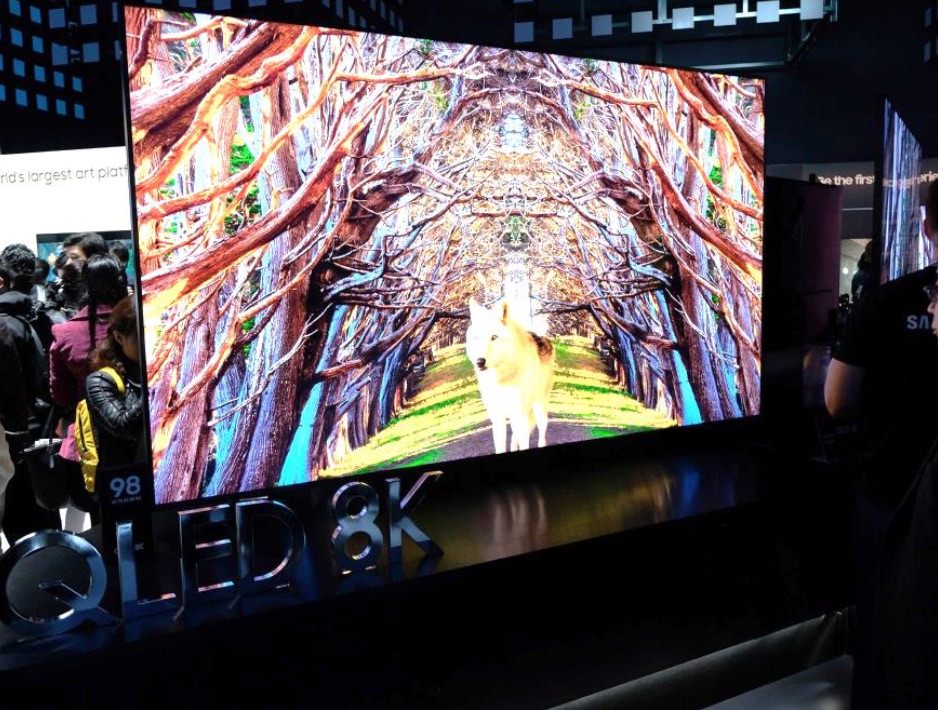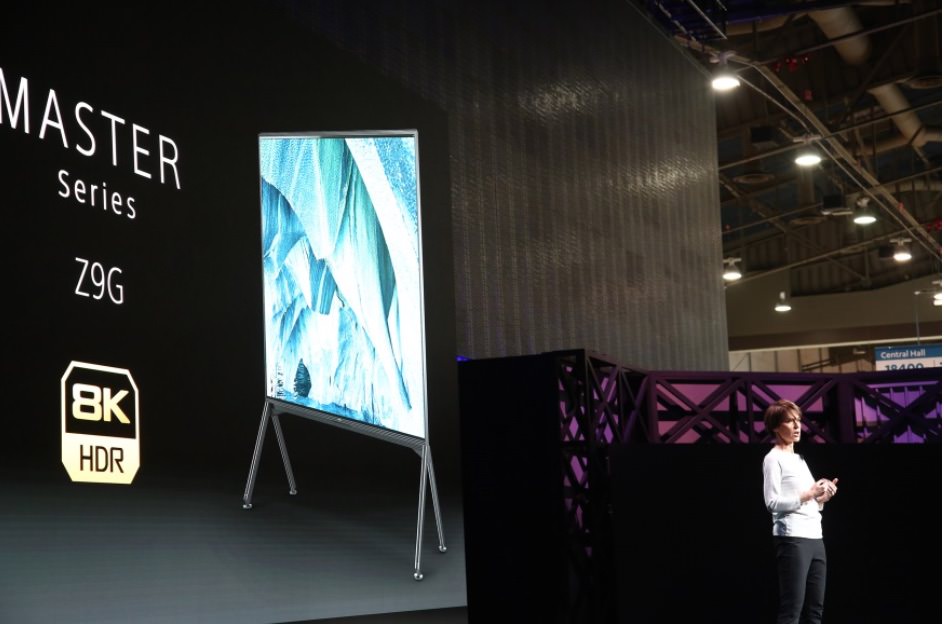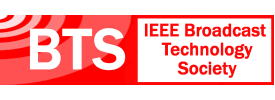- About
- Members
- Sponsors
- Subcommittees
- About Our Subcommittees
- Technology Group 3
- Implementation Team 1 – Advanced Emergency Information
- Implementation Team 2 – India
- Implementation Team 3 – ATSC 3.0 Conformance
- Implementation Team 4 – Brazil
- Implementation Team 5 – Tower Network
- Implementation Team 7 – Caribbean
- Implementation Team 8 – Automotive
- Planning Team 4 – Future Broadcast Ecosystem Technologies
- Planning Team 5 – Automotive Applications
- Planning Team 6 – Global Recognition of ATSC 3.0
- Planning Team 9 – Sustainability
- Technical Documents
- News
- Events
- Spotlight ATSC 3.0
- Contact Us
- Member Login
- Member Meetings
- Advanced Search
Search Site
Member Links
- About
- Members
- Sponsors
- Subcommittees
- About Our Subcommittees
- Technology Group 3
- Implementation Team 1 – Advanced Emergency Information
- Implementation Team 2 – India
- Implementation Team 3 – ATSC 3.0 Conformance
- Implementation Team 4 – Brazil
- Implementation Team 5 – Tower Network
- Implementation Team 7 – Caribbean
- Implementation Team 8 – Automotive
- Planning Team 4 – Future Broadcast Ecosystem Technologies
- Planning Team 5 – Automotive Applications
- Planning Team 6 – Global Recognition of ATSC 3.0
- Planning Team 9 – Sustainability
- Technical Documents
- News
- Events
- Spotlight ATSC 3.0
- Contact Us
- Member Login
- Member Meetings
- Advanced Search
CES REWIND: Epicenter of TV Innovation
Posted on January 16, 2019 in ATSC News
By BRIAN MARKWALTER
CES® 2019 was one for the record books – more than 4,500 exhibitors occupying over 2.9 million net square feet of exhibit space. Artificial intelligence, 5G, self-driving vehicles and, of course, television made headlines at CES. LG, IBM, Verizon, AMD and other companies delivered inspiring keynotes showing us how they are re-imaging the future with these technologies. This is ATSC, so let’s take a closer look at television developments at CES.
The most obvious new TV trend at CES was the initial launch of 8K resolution TVs from many major brands. LG, Samsung, Sony and TCL announced these TVs, with four times the resolution of 4K Ultra HD, in sizes ranging from 65- to 98-inch screen sizes, using both OLED and LCD technology. Another display breakthrough that stopped attendees in their tracks was the “rollable” LG OLED TV. Visitors were treated to a lineup of five of these 65-inch 4K UHD TVs going through their mesmerizing motion to emerge from their low-slung pedestals.
Also on the display technology front, Samsung refreshed its modular Micro LED displays. These displays use millions of self-emissive red, green and blue LED chips arrayed on bezel-free modules that are joined to build large displays. Unlike most display technologies, the challenge for home use of Micro LEDs is in shrinking the pitch of the LEDs to make displays that are not too large for most homes. Samsung advanced the state of the art in ultra-fine pitch modules to achieve a 75-inch 4K Micro LED display.
As expected, ATSC 3.0 TVs for the U.S. market were not featured at CES, but the ingredients for a 2020 launch were prominent in private demonstrations and press coverage. ONE Media, a subsidiary of Sinclair Broadcast Group, and Saankhya Labs announced a multi-standard demodulator SoC (system on chip) that, through its software defined radio architecture, will support ATSC 3.0 and 11 other DTV standards. This included a demod-only variant for traditional HDTV applications and a demod-plus-tuner variant for mobile applications.
With a focus on ATSC 3.0, Sony demonstrated a TV-remote-friendly application-authoring environment that allows broadcasters to share a common user interface while integrating individually customized digital services from broadcast and broadband. The demonstration showed integration of captured RF sources and encapsulated data from digital OTT (over-the-top) services, illustrating how customization for individual broadcasters is possible with a common user interface and application-development framework. The system supports use of all A/344 APIs.
Also in the ATSC 3.0 application area, the Pearl TV Phoenix partnership demonstrated visual concepts of a modern TV application interface that provides consumers with access to 3.0-enabled features and a consistent experience across channels, while giving broadcasters flexibility to enable different business models and features. These initial mockups explored feature sets that meet consumer expectations based on consumer research commissioned by the Phoenix partners, such as enhanced audio options and program interactivity controls.
CES 2019 proved that TVs continue their march to being smarter and more adaptive while delighting consumers with the best pictures they have ever seen – important mileposts along the Road to ATSC 3.0.
A long-time member of the ATSC Board of Directors, Brian Markwalter is the Senior Vice President of Research and Standards for the Consumer Technology Association (CTA™). Essentially the chief technology officer for the consumer electronics industry, Markwalter oversees CTA’s ANSI-accredited standards development operations and extensive market research activities.
Posted in ATSC News
News Categories
News Archives
Subscribe
Subscribe to The Standard, our monthly newsletter. Learn More
Join ATSC
ATSC is a membership organization with both voting and observer categories. Voting members include corporations, nonprofit organizations, and government entities, and they participate actively in the work of ATSC. Observers are individuals or entities not eligible to be a voting member.
Subscribe to our Newsletter
Subscribe to The Standard, our monthly newsletter, to stay up-to-date with ATSC news and events around the world.
Site Links
Contact Us
Advanced Television Systems Committee, Inc.
1300 I Street NW, Suite 400E
Washington, DC 20005
Do you have questions about ATSC?
About ATSC
The Advanced Television Systems Committee, Inc., is an international, non-profit organization developing voluntary standards and recommended practices for digital terrestrial broadcasting. ATSC member organizations represent the broadcast, broadcast equipment, motion picture, consumer electronics, computer, cable, satellite, and semiconductor industries. ATSC also develops digital terrestrial broadcasting implementation strategies and supports educational activities on ATSC standards.
© 2024 ATSC













































